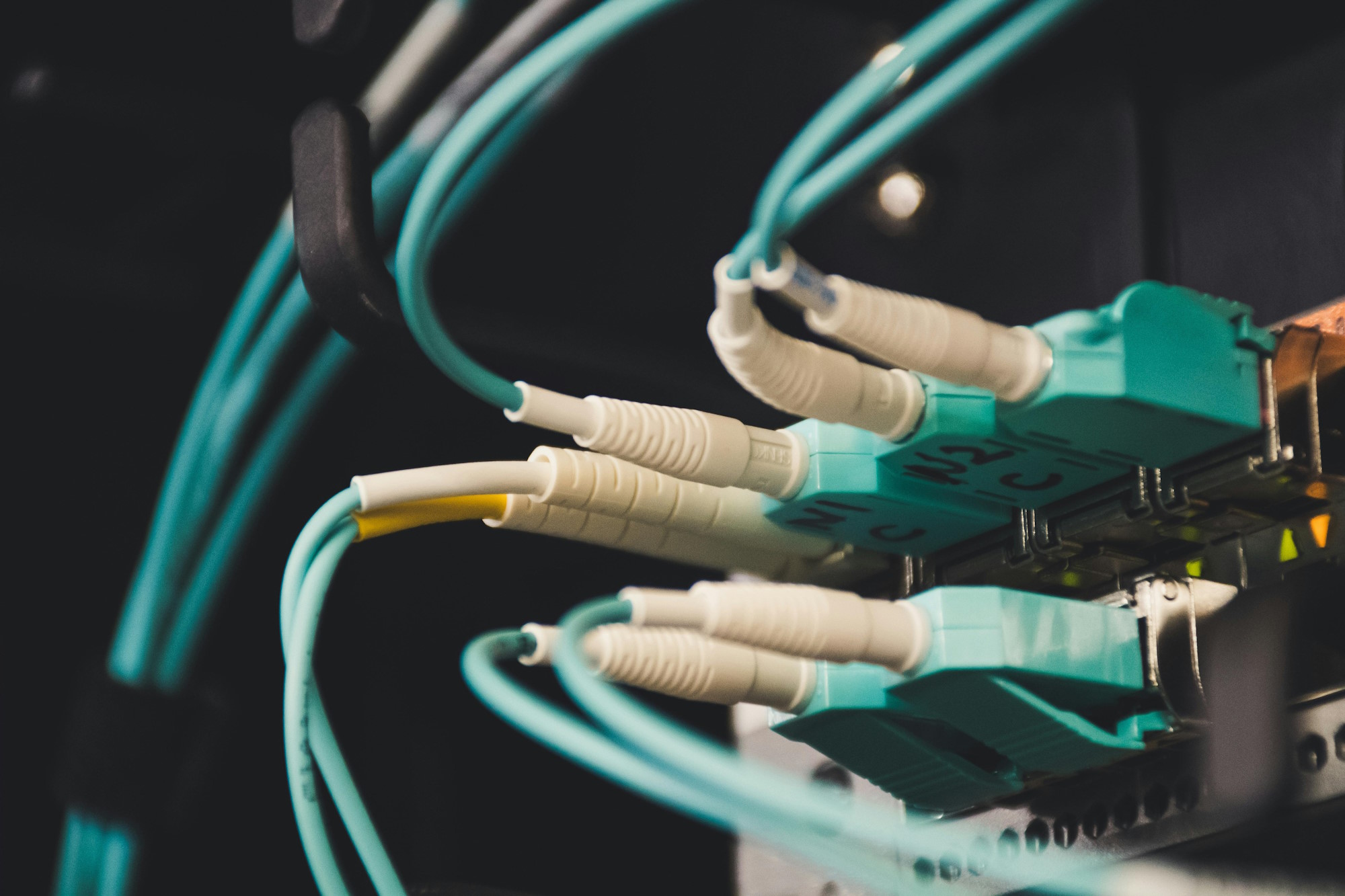Classic EDI vs Network Interoperability
Summary
Classic EDI involves direct, point-to-point connections between two parties, making it ideal for specific, industry-related interoperabilities. This approach guarantees inherent security and reliability but comes with higher setup & maintenance costs.
In contrast, network interoperability via the four-corner model offers scalable connectivity thanks to the “connect once, connect to all” principle. This model simplifies managing multiple trading partners and provides a secure and scalable framework for global document exchange. However, it necessitates involving third parties (the Access Points), introducing inherent risks.
Different Ways to Handle Interoperability
Electronic Data Interchange (EDI) has transformed business operations by automating the exchange of documents and information, thereby reducing errors and increasing efficiency. The implementation of EDI varies depending on the model chosen.
This article compares “Classic” EDI (point-to-point) and EDI through decentralized networks (such as Peppol or the DBNA network), in order to highlight the differences, benefits, and challenges associated with each approach, helping businesses make informed decisions about the processes they want to automate.
Classic EDI: Point-to-Point Interoperability
This method relies on direct, point-to-point connections between trading partners (a buyer and a seller), often facilitated by their respective EDI service providers. Commonly referred to as “Classic EDI,” this approach has been the standard for many years, where each EDI connection is customized to the specific needs and protocols of the trading partners, typically related to their industry.

EDI 4- & 5-Corner Networks: Global Interoperability

EDI based on a decentralized four-corner (or five-corner) network involves service providers playing the role of Access Points to said network—one for the buyer and one for the supplier. These Access Points handle communication and interoperability between their respective clients, ensuring that electronic documents are transmitted correctly, securely, and in a standardized format.
Project Implementation & Scalability

Classic EDI
Classic EDI involves establishing individual, direct connections between each trading partner, which can be both complex and expensive. Configuring each connection to match specific protocols and data formats demands substantial IT resources and expertise.
The process often requires custom coding and thorough testing, with each new partner necessitating a repeat of these steps, increasing the time and effort needed. Consequently, Classic EDI incurs high setup and operational costs.
Despite these challenges, it offers significant control and customization, making it ideal for trading partners who need to achieve advanced automation tailored to their industry’s specific requirements.
Some large companies leverage their size and influence to enforce their preferred EDI standards on their trading partners, typically through their chosen service providers or Value-Added Networks (VANs). This approach can simplify the process for the large company, as they centralize their EDI operations through their VAN.
However, it significantly increases complexity for smaller trading partners, who must adapt to the large company’s standards and systems, often incurring additional costs and resource demands to comply.
Network Interoperability
In contrast, EDI via decentralized networks like Peppol or the DBNA network simplifies managing multiple trading partners. These networks operate on a “connect once, connect to all” principle, allowing a single connection to an Access Point to link to the entire network.
This approach reduces the need for multiple direct connections, enhancing scalability and lowering complexity. By standardizing communication protocols and formats, network-based EDI ensures smooth interaction and interoperability among different service providers.
Costs

Classic EDI
As explained above, Classic EDI can have high initial setup costs and ongoing maintenance expenses, but it is commonly used by large companies with high transaction volumes, resulting in low per-transaction costs despite the significant setup and operational expenses.
Additionally, it sometimes happens that large companies rely on Value-Added Networks (VANs) for their EDI connections and leverage their size to compel smaller trading partners to comply with their standards. This forces smaller partners to adopt EDI solutions not of their choice, effectively shifting the costs to them. This cost shift can strain relationships between trading partners, as smaller companies bear most of the financial and operational burden.
Network Interoperability
On the other hand, 4-corner EDI networks inherently lead to lower costs than point-to-point connections. This model eliminates the need for multiple direct connections, reducing complexity and costs for businesses managing numerous trading partners, while Access Points ensure seamless communication and interoperability.
Of course, the services provided by the Access Points have a cost, but these are often outweighed by the scalability and reduced operational burdens of 4-corner EDI networks.
Ultimately, implementing EDI, whether Classic or network-based, is generally cost-effective as long as the transaction volume is significant compared to manual or non-automated processes. The efficiency and automation provided by EDI solutions can lead to substantial savings and improved business operations, making the investment worthwhile for companies of various sizes.
Integration with Existing Enterprise Systems

Classic EDI & Network Interoperability
There are no major differences between Classic EDI and Network Interoperability when it comes to integrating with a company’s existing enterprise systems, such as its ERP or its CRM.
In both cases, customization and configuration of connections are often needed, which can be complex and costly, particularly for businesses with legacy systems.
Service providers can deliver standardized interfaces and pre-built connectors, which simplifies the project to some extent. However, they may lack the detailed knowledge of the company’s systems that internal IT teams possess, requiring close collaboration and synchronization among all stakeholders and introducing additional challenges to the project.
In order to minimize the efforts, it appears essential to choose a service providers able to effectively streamline integration.
Security

Classic EDI & Network Interoperability
Classic EDI offers high security through direct connections, enabling trading partners to implement tailored security measures such as encryption and authentication for each link. This level of control can enhance security, as each partner manages and monitors their own connections.
However, maintaining security across numerous direct connections can be complex and resource-intensive, requiring constant updates and vigilance to address potential vulnerabilities.
Network Interoperability
EDI projects based on four-corner networks simplify security by relying on external service providers (Access Points) to manage secure data transmission across the network. This approach standardizes security practices and alleviates the burden on individual partners.
But it also introduces risks associated with dependence on these external providers, such as concerns about data privacy, uptime, and overall reliability.
Nevertheless, four-corner networks like Peppol inherently offer high levels of security through standardized protocols, encryption methods, and the use of certificates that clearly identify and authenticate all network participants.
In any case, the involvement of a third party means that companies must place their trust in the security measures put in place by these providers.
Compliance

Classic EDI
Compliance with legal requirements can be challenging in EDI systems involving point-to-point interoperability, as each connection must be individually updated whenever regulations change.
This often requires considerable effort and expense, as trading partners must adjust their systems and protocols to maintain compliance. The fragmented nature of this approach can significantly increase the burden and costs associated with regulatory changes.
Network Interoperability
In contrast, network-based EDI models streamline compliance by utilizing widely accepted standards that automatically address legal requirements. Additionally, they typically involve a governance layer, with the role sometimes played by the tax authorithies of the relevant countries.
This approach ensures that all connections adhere to relevant regulations, simplifying compliance management for Access Points and, by extension, for the trading partners they manage. It reduces complexity for businesses operating across single or multiple jurisdictions.
The Invoicing Hub Word
In the end, it all depends on your goals: Classic EDI for tailored high-volume connections, Networks for scalability.
The choice between Classic EDI and network-based EDI models depends on factors like connection complexity, cost, and scalability needs.
Classic EDI offers secure, tailored connections ideal for large companies that can afford higher setup and maintenance costs. This method is excellent for high transaction volumes and for companies seeking high levels of automation and customization with a limited number of trading partners.
On the other hand, four-corner networks, such as Peppol or the DBNA network, provide scalable and cost-effective solutions by standardizing connections and simplifying the management of multiple trading partners. They benefit businesses by enabling easy connectivity through the “connect once, connect to all” principle, enhancing scalability, reducing operational costs, and ensuring compliance with always more local regulations such as e-invoicing mandates.
At the moment, many companies find themselves “trapped” in Classic EDI due to long-standing implementations, making the transition to newer networks complex. Choosing the right service provider is crucial for navigating this shift, as they can offer necessary support.
Initiatives like the “incubation project” of the GENA association are also essential, providing a roadmap for companies to transition at their own pace while still unlocking significant benefits at each step of the transition.
Get your Project Implemented
Gold Sponsor
Founded in 1985, Esker operates in North America, Latin America, Europe and Asia Pacific.
Esker helps companies process e-invoices in compliance with the unique specifications of European countries. This includes processing any format (e.g., PDF, UBL, Facturae, Fattura-PA, etc.), communicating with PA platforms (including PEPPOL) to send e-invoices with status updates, and providing e-invoice archiving that’s compliant with regulatory frameworks.
Latest News
New exemption threshold and grace period for Malaysian small enterprises
Mandatory e-invoicing takes effect in Belgium
Latest provisions and technical challenges for the imminent Belgium mandate
Keeping Up with the Mandates: A Practical Guide to E-Invoicing Compliance
E-invoicing in Croatia from January 1, 2026: The Complete Guide
The Invoicing Hub
experts can help you
Strategy, Guidance, Training, …






